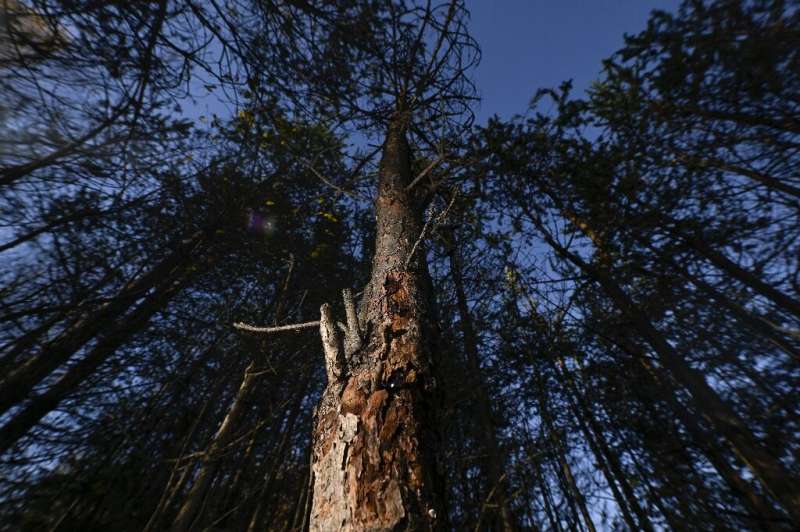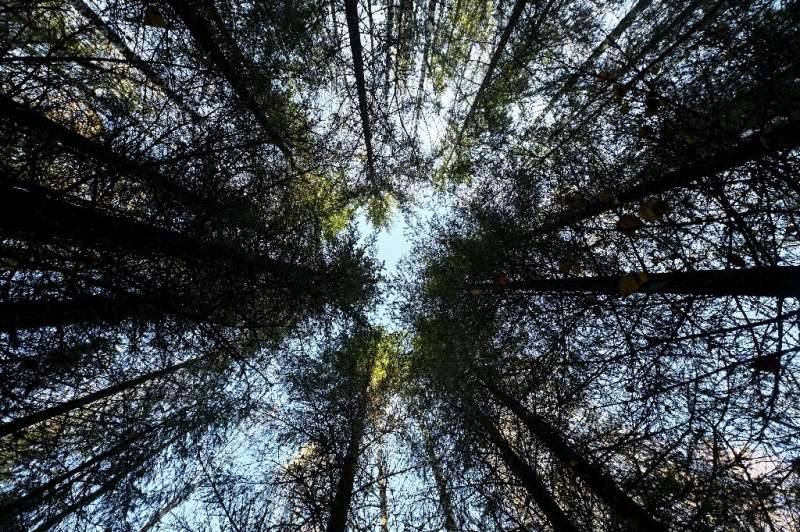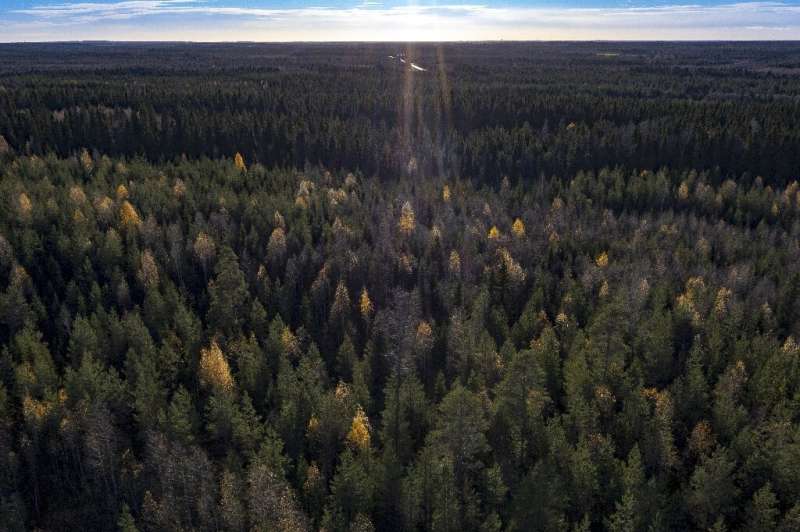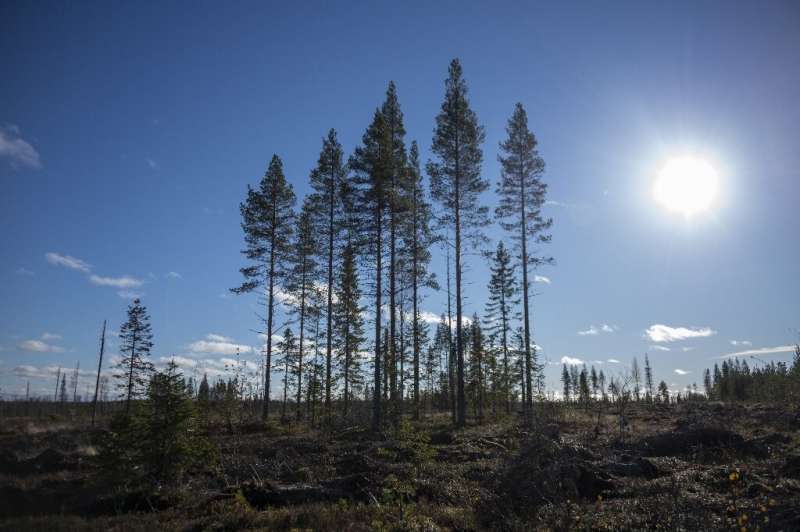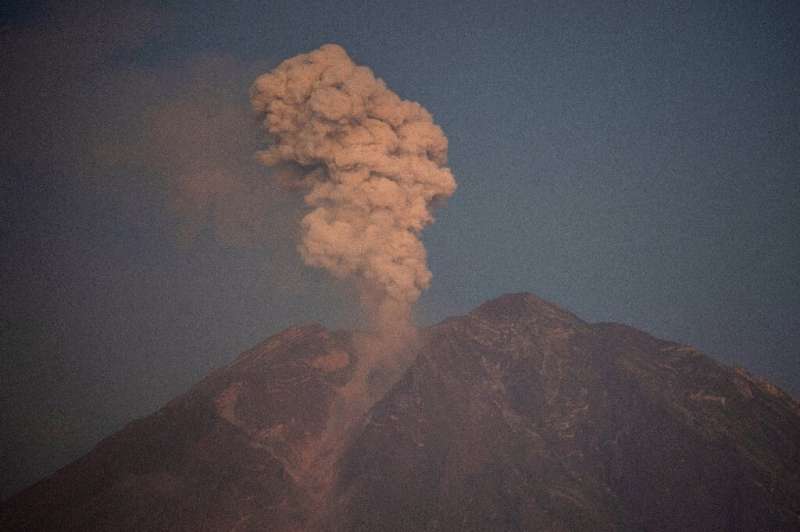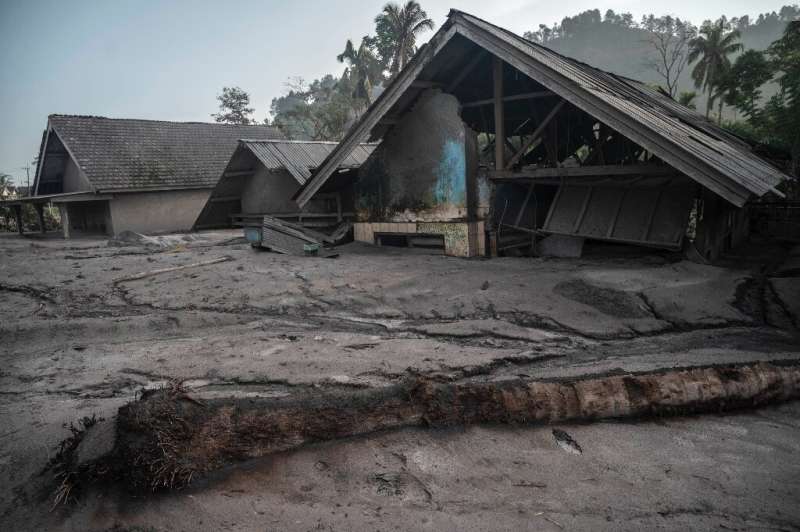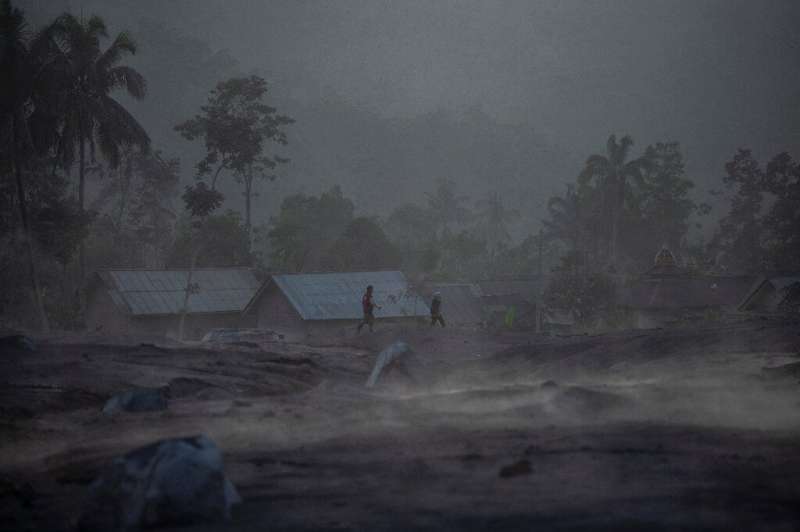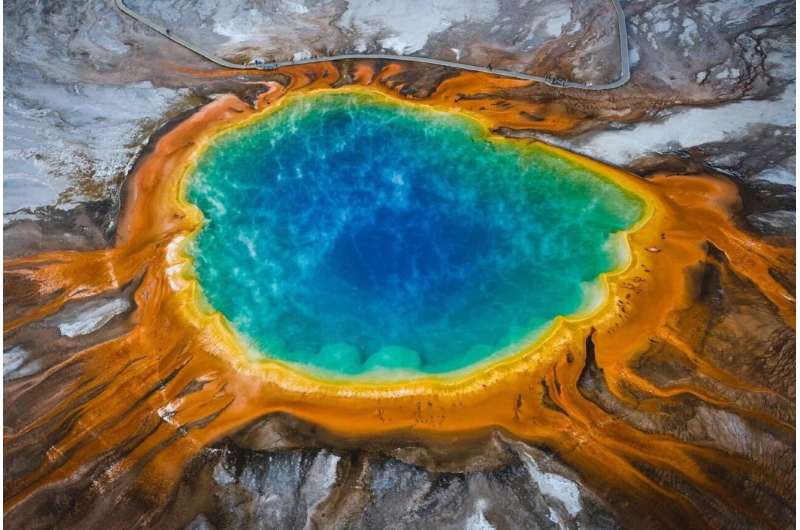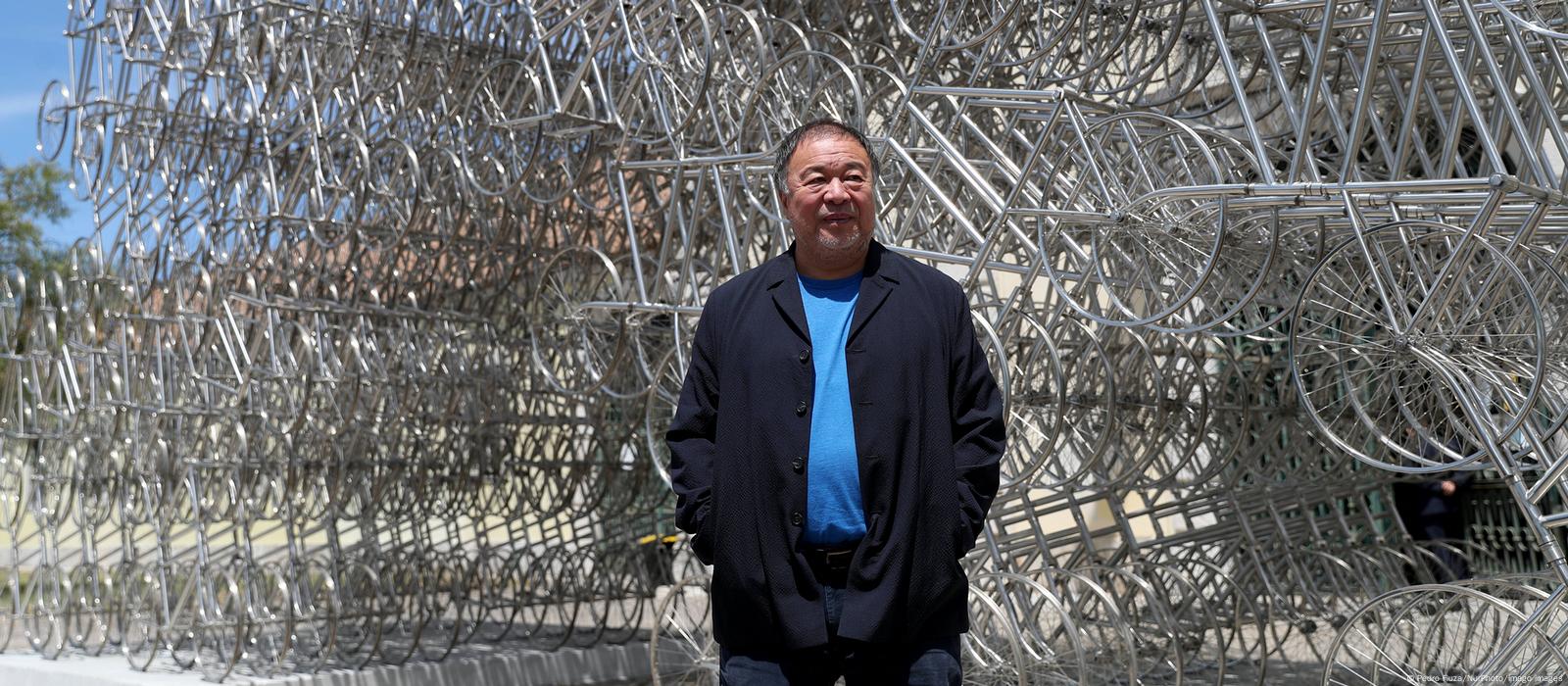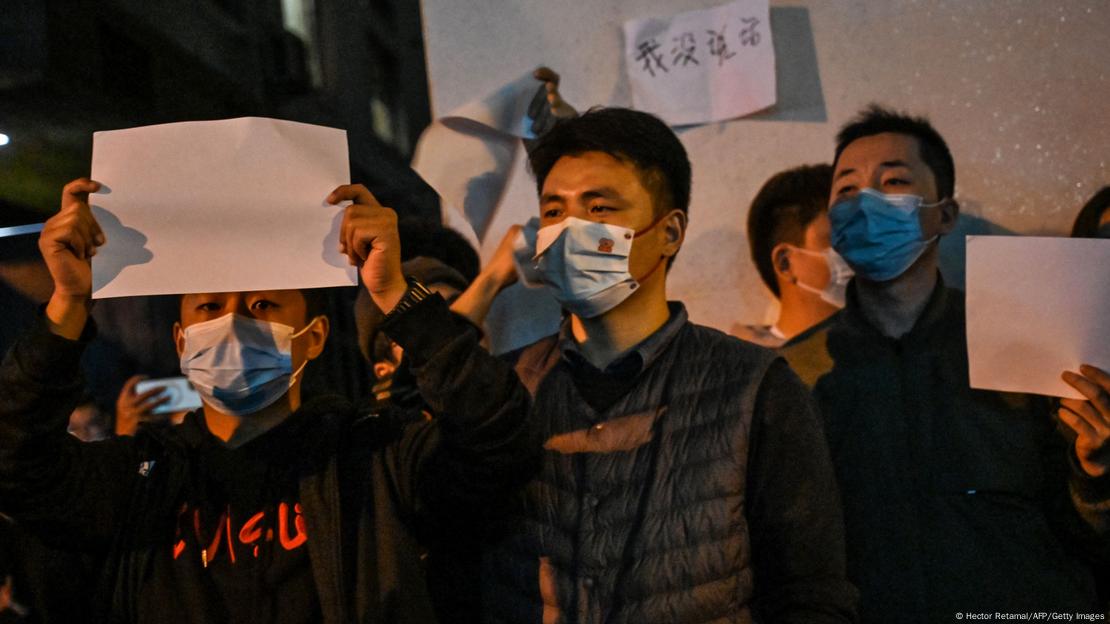By Michelle FITZPATRICK
12/05/22

Ex-Wirecard CEO Markus Braun goes on trial in Munich this week for his role in the collapse of the once celebrated payments firm, brought down by the biggest accounting fraud scandal in German corporate history.
Austrian-born Braun and two other former Wirecard executives will appear in the dock from Thursday on charges of commercial gang fraud, breach of trust, market manipulation and accounting manipulation.
The Munich district court has scheduled 100 court dates for the mammoth trial.
Wirecard, once hailed as a standard-bearer for the German tech industry, imploded spectacularly in 2020 after admitting that 1.9 billon euros ($2 billion) missing from its accounts probably didn't exist.
Chancellor Olaf Scholz, who was finance minister at the time, described the scandal as "unparalleled" in post-war Germany.
Braun, who has been in custody for over two years, denies any wrongdoing.
The 53-year-old has pointed the finger at Wirecard's fugitive former chief operating officer, Jan Marsalek, a shadowy figure with alleged ties to foreign intelligence agencies.
Marsalek was reported earlier this year to be hiding out in Russia.
A senior Wirecard employee, however, told a German parliamentary inquiry last year that nothing happened at Wirecard without Braun's knowledge.
"The group was shaped by Markus Braun, and so was the corporate culture. He decided everything, he dictated everything," Rainer Wexeler told lawmakers.
On trial alongside Braun are Oliver Bellenhaus, the former head of Wirecard's Dubai subsidiary, and ex-accounting boss Stephan von Erffa.
They face several years in prison if convicted.
Bellenhaus has admitted wrongdoing and will serve as a key witness for the prosecution.
It took German investigators more than 20 months to unravel the complex web of fraudulent transactions implicating Wirecard subsidiaries and third-party companies across the globe.
Prosecutors say the accused presented "incorrect" financial results from 2015 to 2018, by including fabricated revenues and profits from partner companies in Dubai, the Philippines and Singapore, and using forged documents to make Wirecard appear more successful than it was.
Among the victims of the fraud were banks that had provided credit of 1.7 billion euros to Wirecard. Bonds worth 1.4 billion euros were also issued and are unlikely to be repaid.
Founded in 1999, the Bavarian start-up Wirecard started out processing payments for porn and gambling sites and grew into a respectable electronic payments provider that edged traditional lender Commerzbank out of the blue-chip DAX index.
Rumours about possible cheating at Wirecard surfaced now and again over the years, including from shortsellers doing research on companies they suspected might be overvalued.
But Wirecard's problems began in earnest with a series of Financial Times articles in 2019 alleging irregularities in its Asian division, based on revelations from former employees and leaked documents.
The company was initially able to fend off the claims, with the FT's journalists themselves coming under investigation from German regulators.
But the scam finally unravelled in June 2020 when long-time auditor EY said it had discovered a 1.9-billion-euro hole in Wirecard's accounts.
The sum, which made up a quarter of the balance sheet, was meant to be sitting in trustee accounts at two Filippino banks.
But the Philippines' central bank has said the cash never entered its monetary system and both Asian banks, BDO and BPI, denied having a relationship with Wirecard.
Wirecard filed for insolvency soon after, becoming the first DAX company to fail.
Wirecard's dramatic downfall sent shockwaves through Germany and prompted an overhaul of the country's finance watchdog Bafin, heavily criticised for ignoring early warning signs about Wirecard.
The fallout also embarrassed Germany's political establishment, with former chancellor Angela Merkel coming under fire for promoting Wirecard during a 2019 trip to China -- when journalists were already raising doubts about the company.
In a grilling last year by lawmakers, Merkel said there was "no reason at that time" to believe there were "serious irregularities at Wirecard".
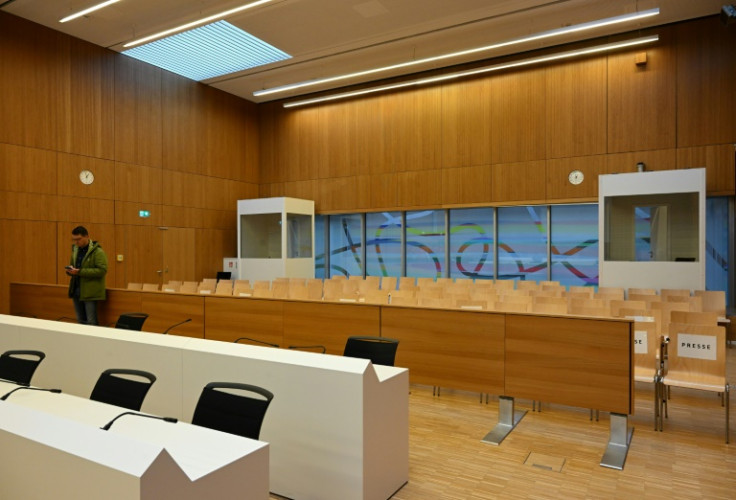

© Copyright AFP 2022. All rights reserved.
